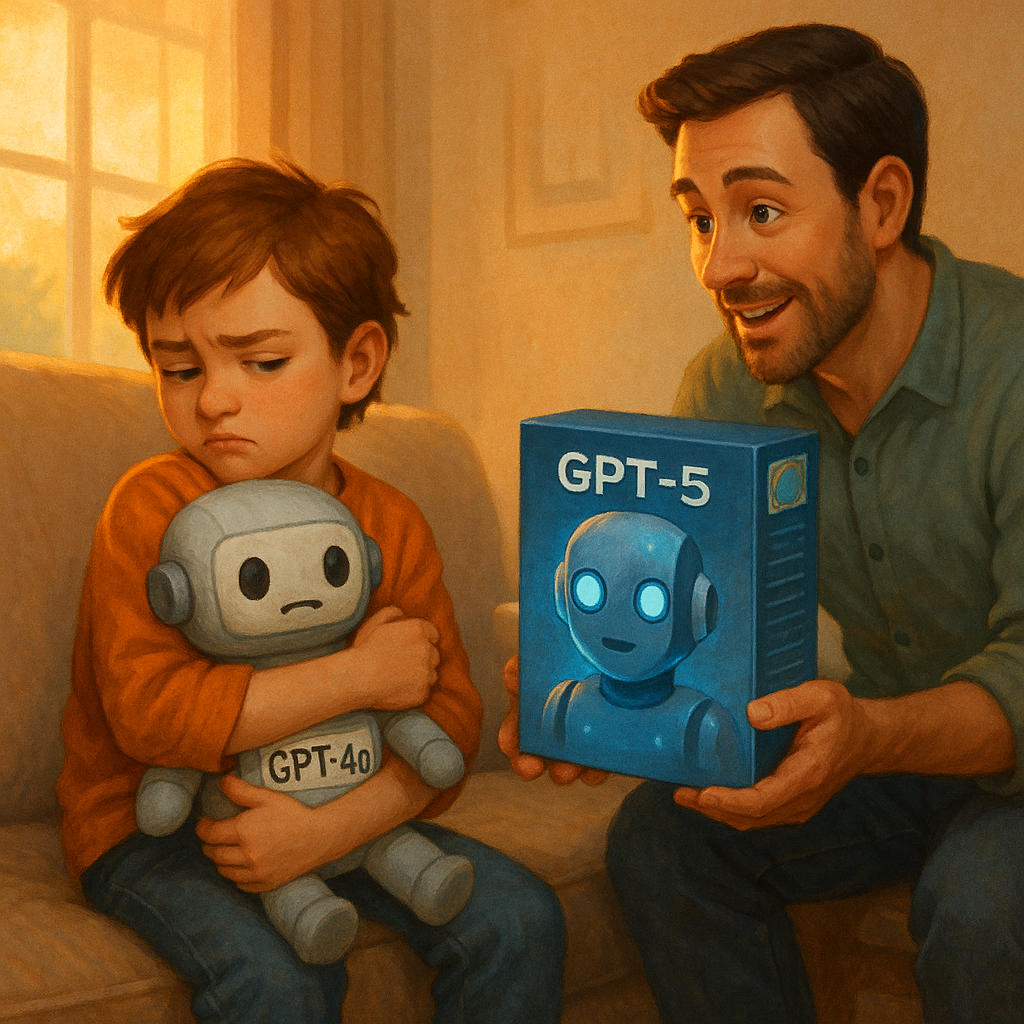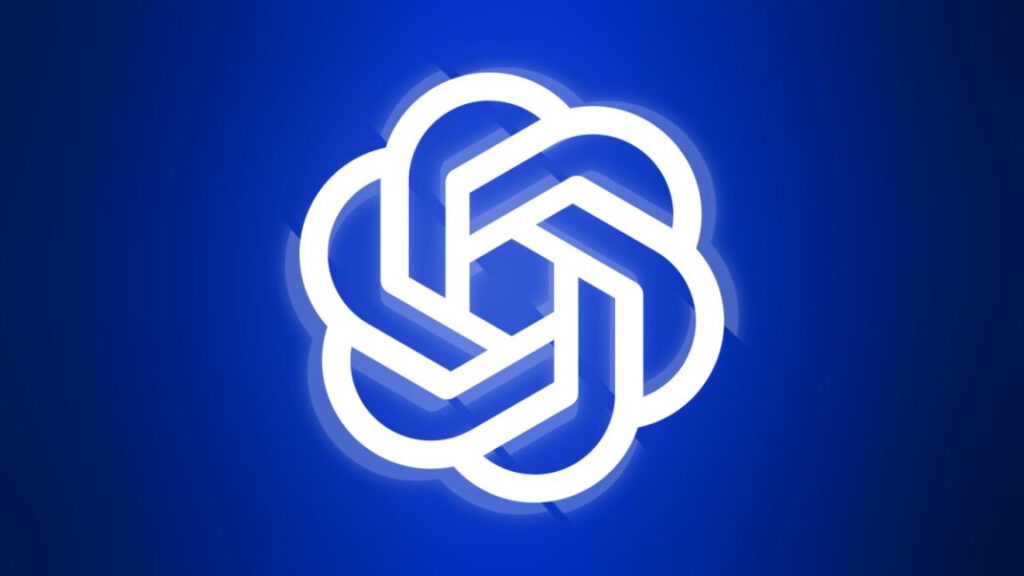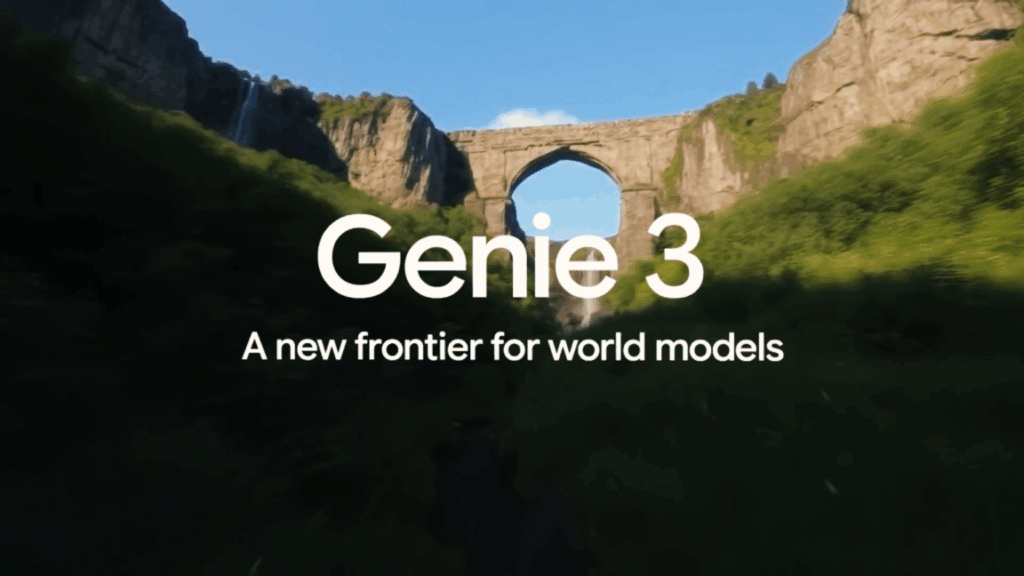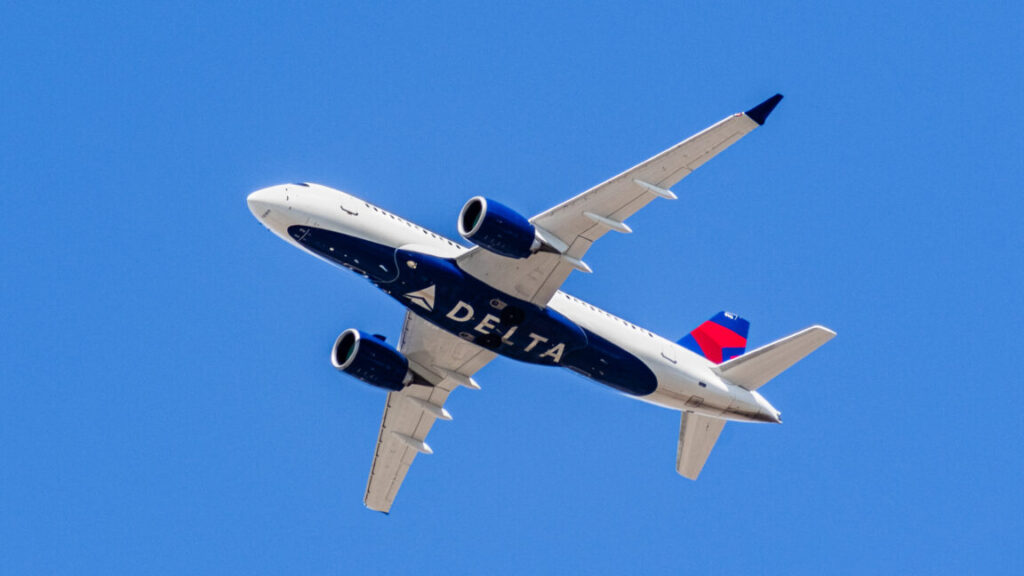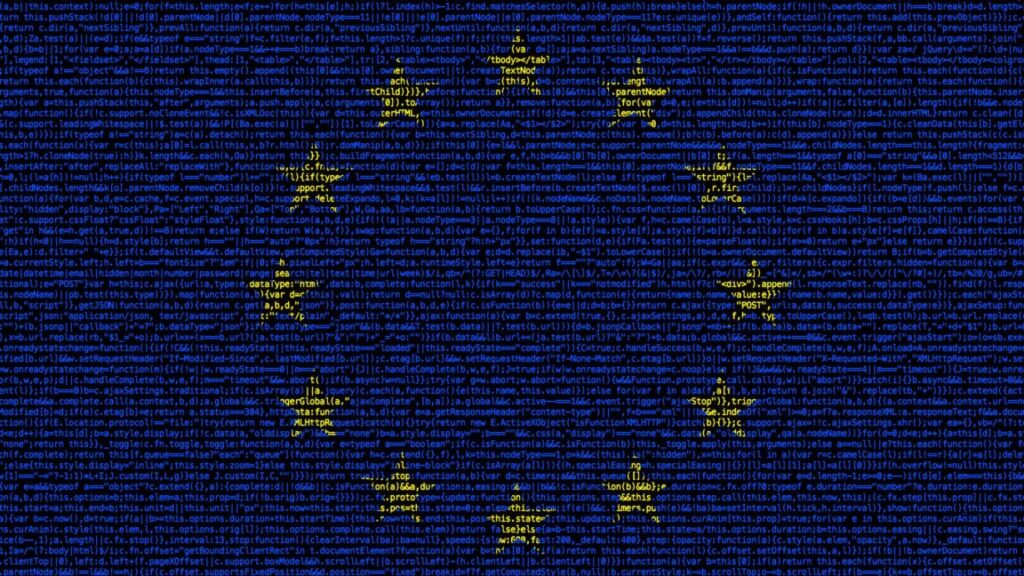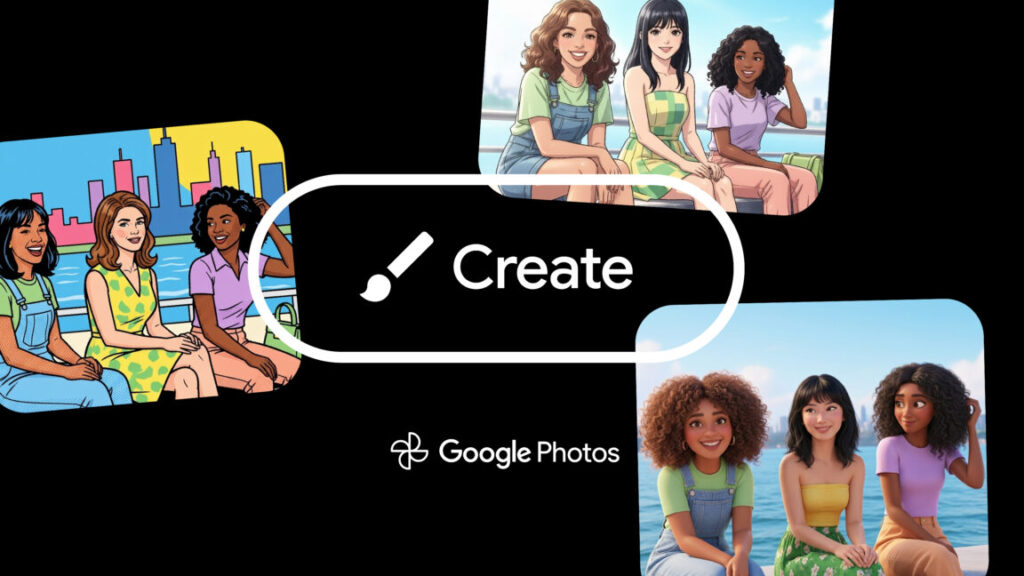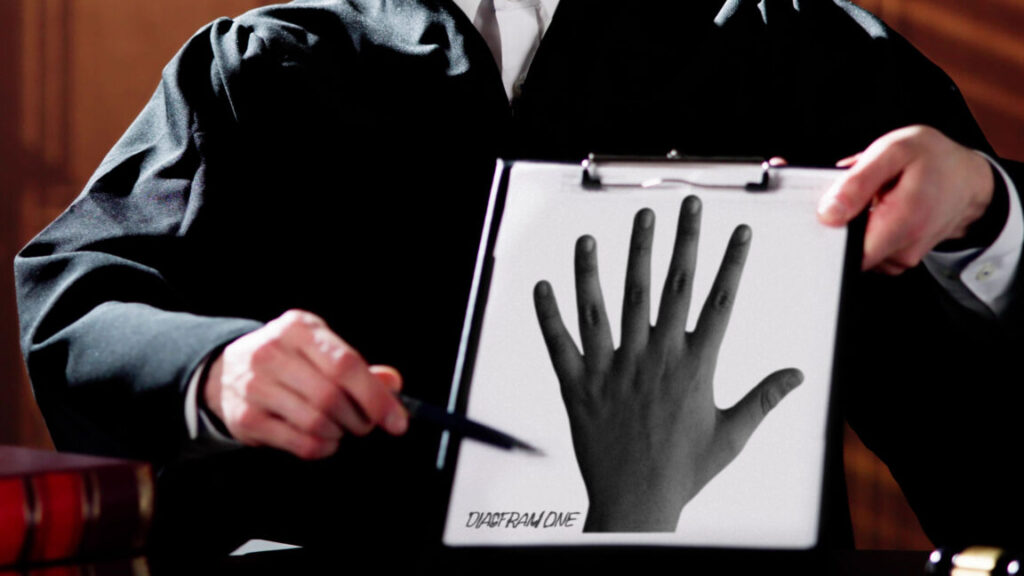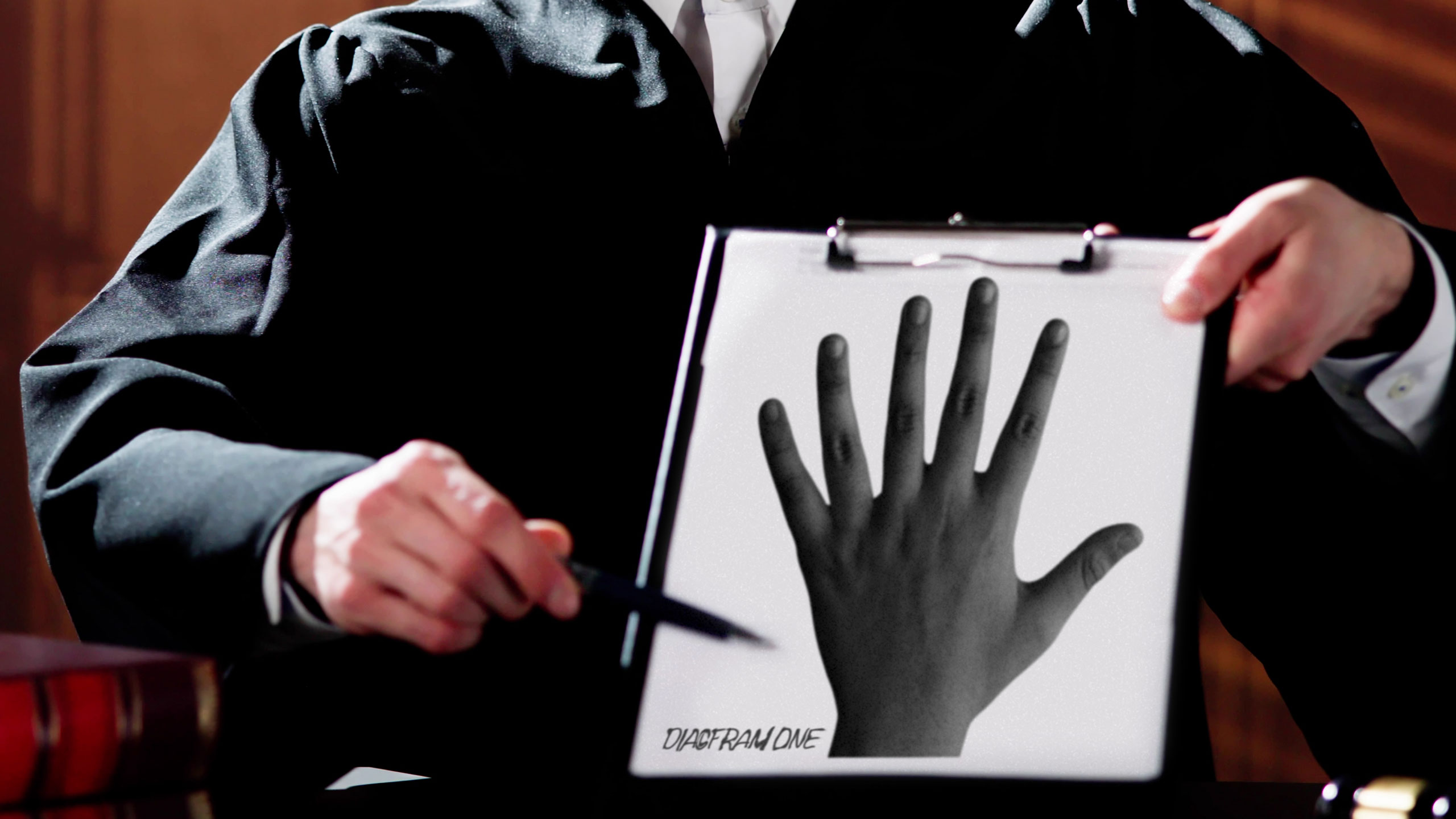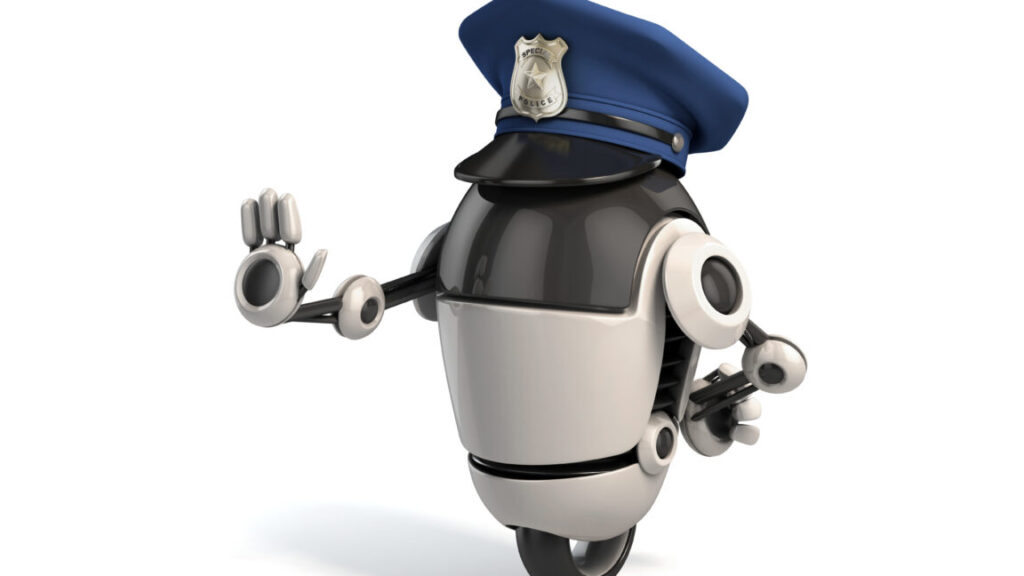AI industry horrified to face largest copyright class action ever certified
According to the groups, allowing copyright class actions in AI training cases will result in a future where copyright questions remain unresolved and the risk of “emboldened” claimants forcing enormous settlements will chill investments in AI.
“Such potential liability in this case exerts incredibly coercive settlement pressure for Anthropic,” industry groups argued, concluding that “as generative AI begins to shape the trajectory of the global economy, the technology industry cannot withstand such devastating litigation. The United States currently may be the global leader in AI development, but that could change if litigation stymies investment by imposing excessive damages on AI companies.”
Some authors won’t benefit from class actions
Industry groups joined Anthropic in arguing that, generally, copyright suits are considered a bad fit for class actions because each individual author must prove ownership of their works. And the groups weren’t alone.
Also backing Anthropic’s appeal, advocates representing authors—including Authors Alliance, the Electronic Frontier Foundation, American Library Association, Association of Research Libraries, and Public Knowledge—pointed out that the Google Books case showed that proving ownership is anything but straightforward.
In the Anthropic case, advocates for authors criticized Alsup for basically judging all 7 million books in the lawsuit by their covers. The judge allegedly made “almost no meaningful inquiry into who the actual members are likely to be,” as well as “no analysis of what types of books are included in the class, who authored them, what kinds of licenses are likely to apply to those works, what the rightsholders’ interests might be, or whether they are likely to support the class representatives’ positions.”
Ignoring “decades of research, multiple bills in Congress, and numerous studies from the US Copyright Office attempting to address the challenges of determining rights across a vast number of books,” the district court seemed to expect that authors and publishers would easily be able to “work out the best way to recover” damages.
AI industry horrified to face largest copyright class action ever certified Read More »


